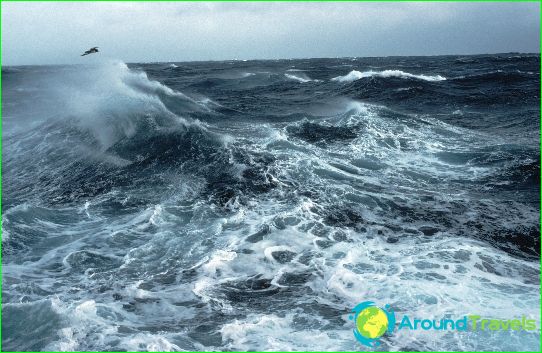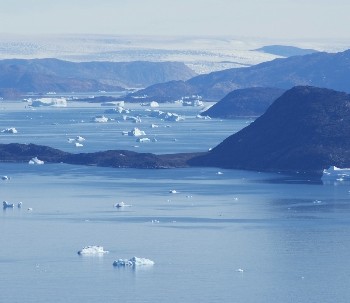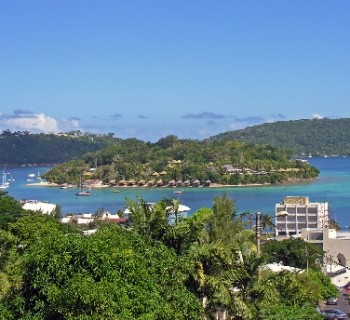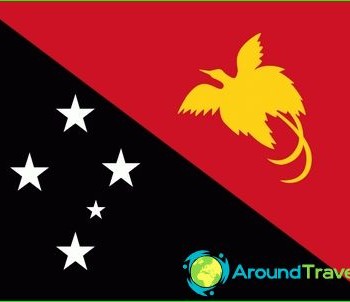South ocean
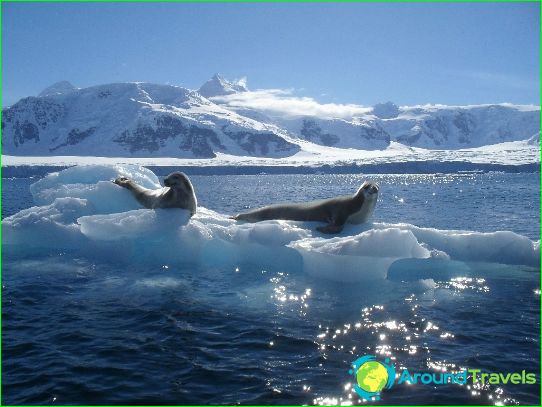
The youngest ocean on the planet is the South or Antarctic. It is located in the Southern Hemisphere and has contact points with other oceans, excluding the Northern Ocean. The waters of the Southern Ocean wash over Antarctica. The International Geographical Organization singled it out in 2000, uniting the waters of the southern regions of the Indian, Pacific and Atlantic Oceans into one whole. This ocean has conditional boundaries, since there are no continents and islands in the northern part of its water area..
Discovery history
The Southern Ocean has become an object of human interest for a very long time. They tried to explore it back in the 18th century, but at that time the ice shell was an insurmountable obstacle for travelers. It appeared on the map even earlier, in 1650. In the 19th century, whalers from England and Norway managed to visit polar Antarctica. In the 20th century, the Southern Ocean was an area of whale fishing and science research..
At present, the existence of the Southern Ocean is a proven fact, but this decision of the hydrological organization is not legalized. Thus, legally, there is no such area on the planet. At the same time, the Southern Ocean is marked on the world map. The southern border of its water area is Antarctica, the northern border is 60 degrees south latitude..
Geographic details
The ocean covers more than 20 million square meters. km. The South Sandwich Trench is the deepest place in the ocean, where the maximum elevation reaches 8428 m. The map of the Southern Ocean shows that it is formed by the following seas: Commonwealth, Mawson, Ross, Dyurvel, Somov, Scotia, Lazarev, Cosmonauts, Riser-Larsen, Amundsen, Weddell, Davis and Bellingshausen. There are many islands of different sizes in the water area. Almost all of them are of volcanic origin. The largest islands include South Shetland, South Orkney, Kerguelen.
Climatic features
The coast of the Southern Ocean is an area dominated by the harsh elements. Above the water, the conditions of the maritime climate prevail, and the Antarctic climate is observed on the coast. It is cold, windy and cloudy here all year round. Snow falls any season.
Closer to the Arctic Circle, the most powerful winds on the planet are formed. Storms are formed due to the huge temperature difference between ocean waters and air. In winter, the air reaches 60-65 degrees below zero. The atmosphere over the water area is characterized by ecological purity.
The weather conditions are due to a number of reasons: the proximity of Antarctica, constant ice cover, the absence of warm sea currents. A zone of increased pressure is constantly forming over land. At the same time, an area of low pressure or Antarctic depression is forming around Antarctica. A feature of the water area is a large number of icebergs, which are formed as a result of breaking off parts of glaciers under the influence of tsunami, swell and waves. More than 200 thousand icebergs are present on the territory of the Southern Ocean annually.
